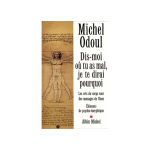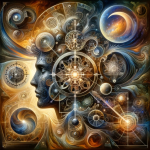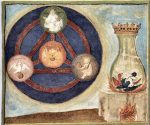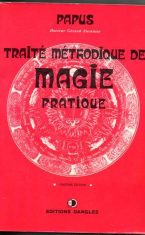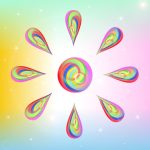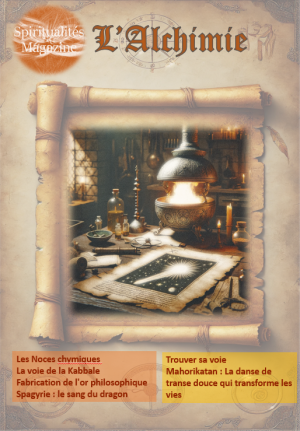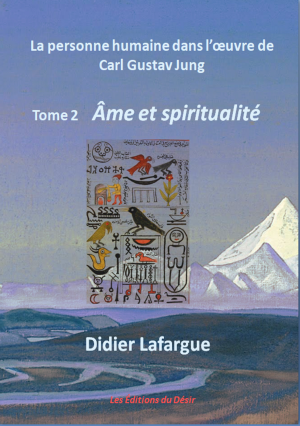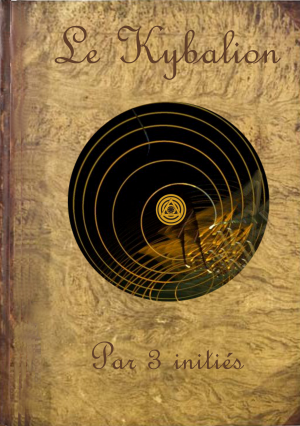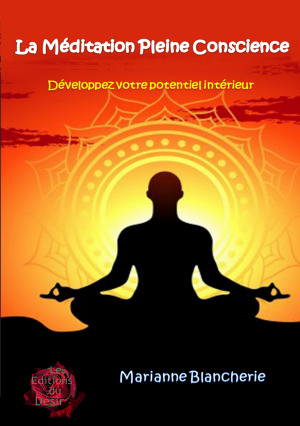Et si la conscience préexistait au cerveau ?
Voir aussi Cette vie et au delà – Dr Christophe Fauré
Ecouter l’émission, sous le soleil de Platon, de Charles Pépin, avec Christophe Fauré
Storytelling
Ce matin, j’ai écouté sur France Inter une émission à la fois passionnante et troublante.
Assis confortablement avec une tasse de café chaud entre mes mains, j’ai été immédiatement captivé par le sujet : “L’histoire de la conscience”. L’animateur, Charles Pépin, racontait me semblait-il l’histoire d’un neuroscientifique, profondément ancré dans la croyance que la conscience était le pur produit de notre activité cérébrale.
Au fur et à mesure que j’écoutais, je me suis retrouvé immergé dans l’univers complexe du cerveau, avec ses 85 milliards de neurones et sa plasticité. Mais une question étrange et profonde a marqué mon esprit quand le scientifique a décrit une expérience de méditation et ses conséquences : et si la conscience était première ? Et non pas le cerveau, comme on en a tous la certitude… Cette idée, bien que nouvelle pour moi, semblait étrangement familière.
Le thème de l’émission s’est éclairé au travers de toutes les interventions de l’invité, Christophe Fauré. Spécialiste du deuil, il a partagé avec nous ses recherches sur la continuité de la conscience après la mort. Son livre, “Cette vie… et au-delà”, semblait être une exploration profonde et bien documentée des expériences autour de la mort et de la conscience. Plus j’écoutais, plus je me sentais intrigué et poussé à remettre en question mes propres croyances.
Les témoignages sur les expériences de mort imminente, la sensation des défunts présents avec nous, tout cela m’a fait réfléchir. Les notions de physique quantique, d’amour et de sagesse, évoquées dans l’émission, ont ajouté des couches supplémentaires à mes pensées.
Alors que l’émission touchait à sa fin, je me suis retrouvé plongé dans une introspection profonde. Si la conscience est première, que signifie-t-elle pour ma propre existence ? Quelle est ma mission, mon but ici sur terre ?
La radio s’est tue, et j’ai compris qu’une nouvelle curiosité m’avait saisi, et une envie d’explorer davantage ces questions… Je vous livre le début de ce travail.
Ecouter l’émission, sous le soleil de Platon, de Charles Pépin, avec Christophe Fauré
This morning, I tuned into France Inter for a show that was both captivating and unsettling. Sitting comfortably with a warm cup of coffee in my hands, I was immediately engrossed by the topic: “The History of Consciousness”. The host, Charles Pépin, seemed to be recounting the story of a neuroscientist, deeply rooted in the belief that consciousness was solely the product of our brain activity. As I listened on, I found myself delving deep into the intricate world of the brain, with its 85 billion neurons and its plasticity. However, a curious and profound question struck me as the scientist described a meditation experience and its implications: what if consciousness was primary? And not the brain, as we’re all so certain… This notion, though novel to me, felt eerily familiar. The essence of the show shone through with every insight shared by the guest, Christophe Fauré. An expert on grief, he imparted his research on the continuity of consciousness after death. His book, “This Life… and Beyond”, seemed to be a deep and well-researched exploration of experiences surrounding death and consciousness. The more I listened, the more intrigued I became, questioning my own beliefs. Testimonies on near-death experiences and the sensation of departed ones being present with us made me ponder. Concepts of quantum physics, love, and wisdom, mentioned in the show, layered more depth onto my thoughts. As the show drew to a close, I found myself immersed in deep introspection. If consciousness is primary, what does it mean for my own existence? What is my purpose, my goal here on earth? The radio went silent, and I realized a newfound curiosity had taken hold of me, sparking a desire to delve deeper into these questions… I present to you the beginning of this journey.
A la Croisée des Témoignages : L’Eternelle Question de la Vie Après la Mort
Une atmosphère électrisante envahit la pièce, semblable à celle qui règne dans une salle d’audience juste avant le verdict. Le sujet du jour ? Une question aussi vieille que le temps lui-même : existe-t-il une vie après la mort ? Au fil de ses pages, le Dr Christophe Fauré, tel un enquêteur passionné, nous présente une accumulation de témoignages et d’expériences.
D’une voix douce, il nous rappelle que des millions d’individus à travers le monde, ont vécu des moments qui dépassent l’entendement :
- Les expériences de fin de vie – Ces moments précieux juste avant le grand départ.
- Les expériences de mort imminente (EMI) – Des visions lors de la danse fragile entre la vie et la mort.
- Les rencontres avec des défunts – L’écho d’une voix aimée perdue, mais toujours présente.
- Les souvenirs d’une vie antérieure – Un flash du passé qui semble si familier.
Selon le Dr Fauré, ces témoignages se rejoignent pour dessiner une vérité : il existe une continuité de la conscience au-delà de la mort. L’une des affirmations les plus audacieuses de son enquête est que notre conscience pourrait fonctionner indépendamment de notre activité neuronale. Imaginez, des dimensions hors de notre réalité physique, où le flux de notre conscience continue après la fin de notre vie terrestre !
Cependant, une énigme persiste. Si tous ces témoignages offrent des preuves aussi écrasantes, pourquoi sont-ils souvent rejetés ou ridiculisés par une grande partie de la communauté scientifique ? La réponse du Dr Fauré est aussi simple qu’éloquente : parce qu’ils défient les postulats établis de la science.
En refermant ce livre, on ne peut s’empêcher de s’interroger. Et si ces expériences, loin d’être des anomalies, étaient la clé pour comprendre la nature même de notre existence ? Après tout, ce que nous considérons aujourd’hui comme extraordinaire pourrait simplement être la norme de demain.
Le Voyage Intérieur : Les Transformations après une Expérience de Mort Imminente
Il est des voyages qui n’ont ni début, ni fin, mais qui modifient profondément la trajectoire d’une vie. Une expérience de mort imminente (EMI) est l’une d’elles. Le Dr Christophe Fauré détaille dans son ouvrage les profonds bouleversements qui découlent de ces rencontres avec l’au-delà :
- Redefinition de la Vie et de la Mort
Après une EMI, la grande faucheuse n’effraie plus. Une certitude nouvelle émerge : la mort n’est pas la fin. On touche du doigt une réalité spirituelle parallèle, indépendante des dogmes religieux. Le quotidien se teinte alors de spiritualité, d’un éveil à une mission de vie, d’une sérénité renouvelée. Le présent est vécu avec une intensité nouvelle, loin des petits soucis matériels. L’existence se métamorphose en une quête constante de sens, souvent associée à une mission précise. - L’Éveil à Soi
Suite à l’EMI, certains parlent d’avoir touché à la “connaissance universelle”. Ce nouveau savoir nourrit une soif d’apprendre insatiable, renforçant ainsi l’estime de soi. Une quête de développement personnel se dessine, portée par une confiance en soi retrouvée. - L’Essence des Relations Humaines
L’EMI ouvre les portes de l’amour inconditionnel. Ceux qui ont ressenti cette affection illimitée développent une empathie renforcée, un amour profond pour chaque être. La connexion entre les âmes devient évidente, chaque relation se base désormais sur le respect mutuel, la compassion et l’entraide. La reconnaissance des autres importe peu, car l’essentiel est dans le lien invisible qui unit chaque conscience. - Un Nouveau Regard sur le Matériel
Si l’EMI mène à une renaissance spirituelle, elle conduit aussi à un détachement matériel. La course effrénée à la réussite, à l’accumulation de biens, perd son sens. Les valeurs évoluent, privilégiant l’authenticité et l’expérience plutôt que le statut ou la richesse.
Mais au-delà de ces transformations, certaines âmes reviennent avec des facultés particulières : télépathie, intuitions ou rêves prémonitoires, évoquant un lien encore plus profond avec l’univers.
Les témoignages du Dr Fauré soulignent que ces expériences, loin d’être isolées, forment un tableau d’éveils, redéfinissant constamment notre conception de la vie, de la mort et de notre rôle sur cette Terre.
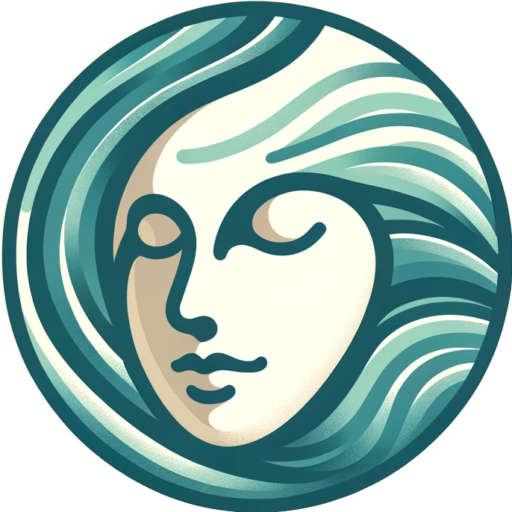
 Un témoignage. A la fois d’émotions et de découverte spirituelle
Un témoignage. A la fois d’émotions et de découverte spirituelle




